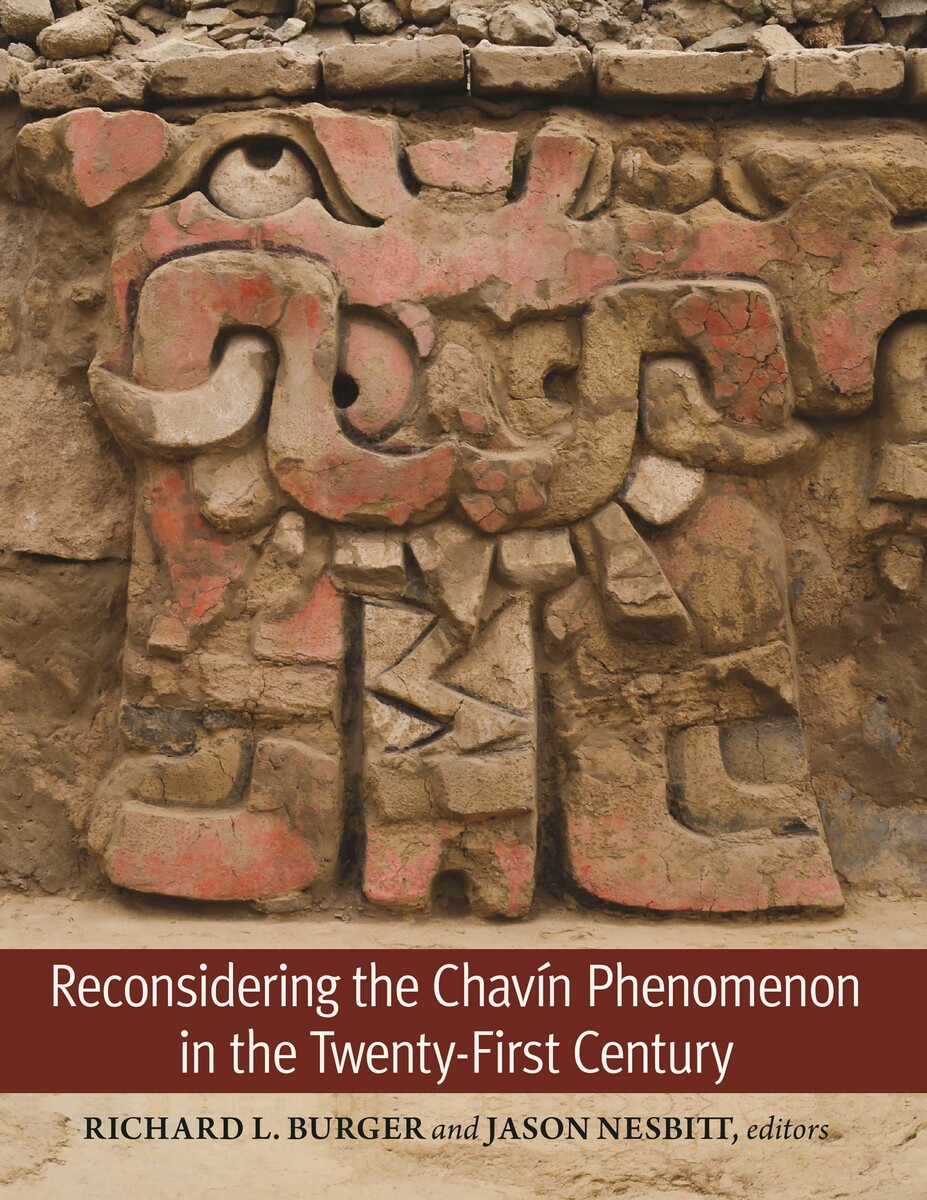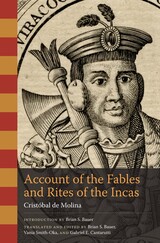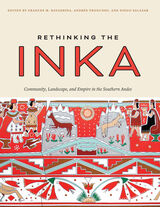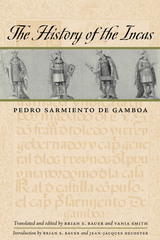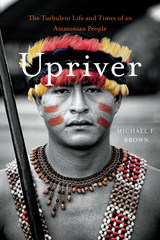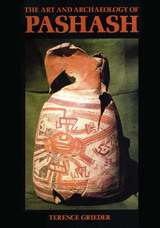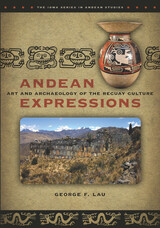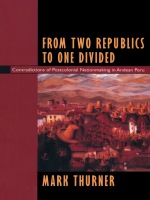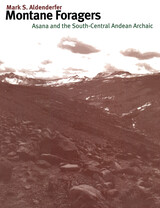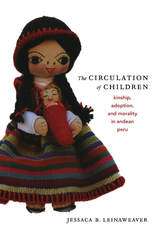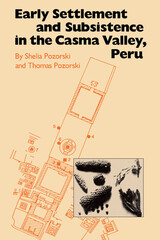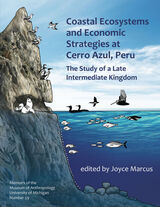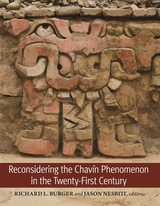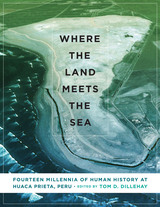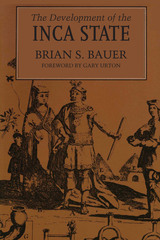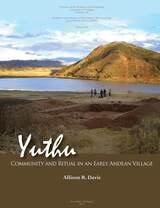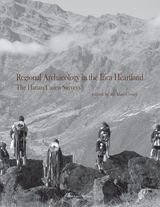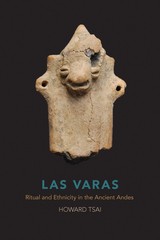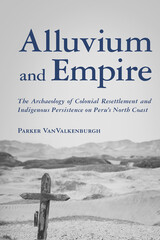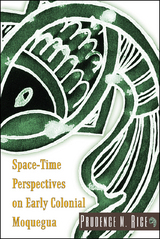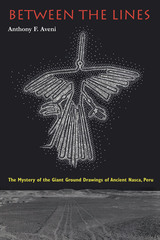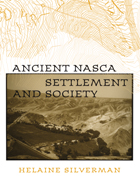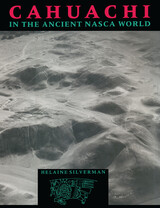Cloth: 978-0-88402-499-6
Library of Congress Classification F3429.1.C48P74 2023
Dewey Decimal Classification 985.2101
The UNESCO World Heritage Site of Chavín de Huántar holds an iconic place in the archaeology of pre-Columbian Peru and is crucial to understanding the emergence of Andean civilization during the early first millennium BCE. Best known for its elaborate religious architecture and distinctive stone sculpture, Chavín de Huántar was the center of a much wider Andean world and the synchronicity of widespread socioeconomic changes coupled with intrusive Chavín material culture and iconography at distant centers suggests that Chavín de Huántar influenced a vast region through the expansion of religious ideology and intensified long-distance interaction.
Reconsidering the Chavín Phenomenon in the Twenty-First Century builds upon a surge of archaeological research over the last twenty years, bringing together the work of scholars researching Chavín de Huántar and its neighbors on the coast, highlands, and ceja de selva. This volume offers a cohesive vision of the Chavín Phenomenon at both the local and interregional level, one which recognizes the high degree of socioeconomic and cultural diversity that existed and the active role of centers outside the Chavín heartland in shaping the radical transformations that occurred within the Chavín Interaction Sphere between 1000 and 400 BCE.
See other books on: Burger, Richard L. | Indigenous | Pre-Columbian Era | Reconsidering | Twenty - First Century
See other titles from Harvard University Press
